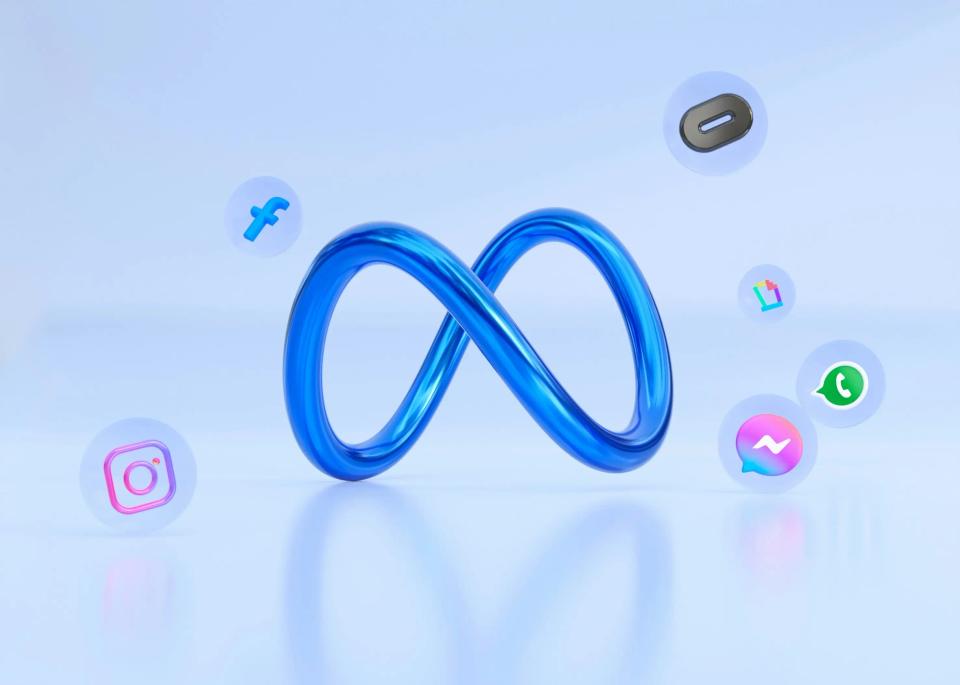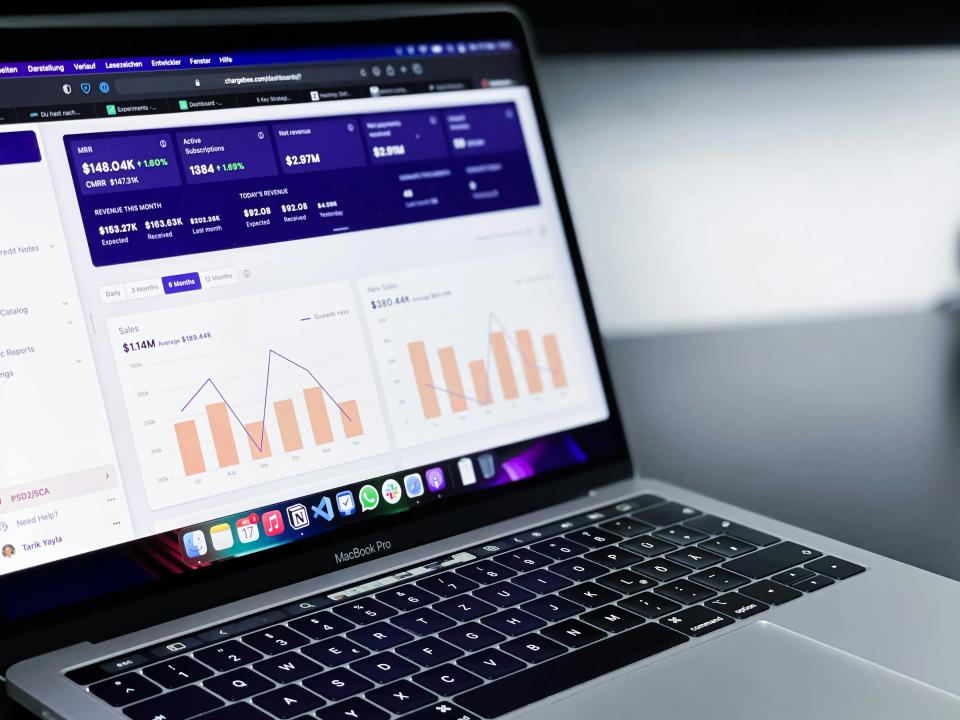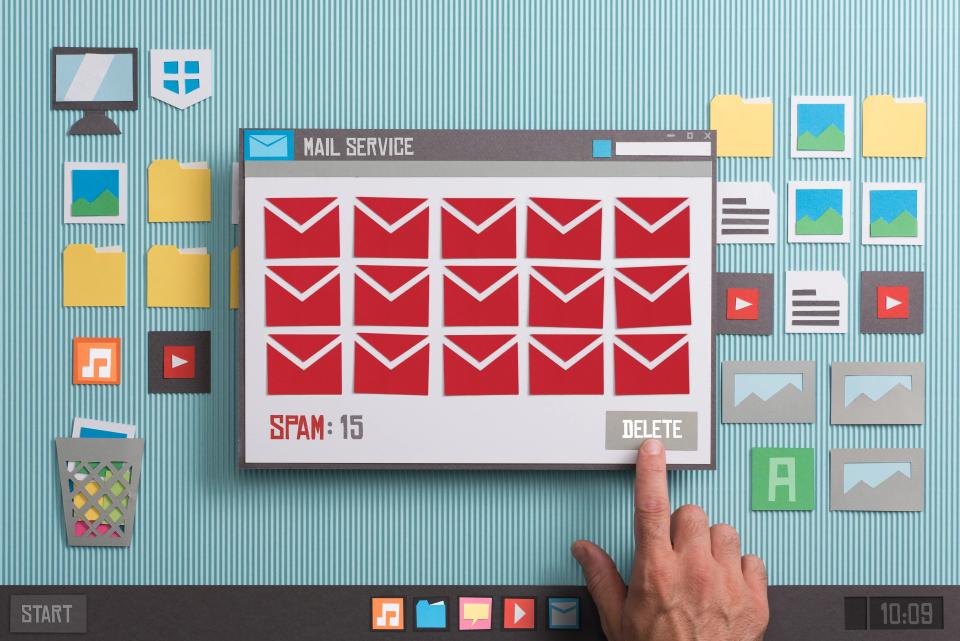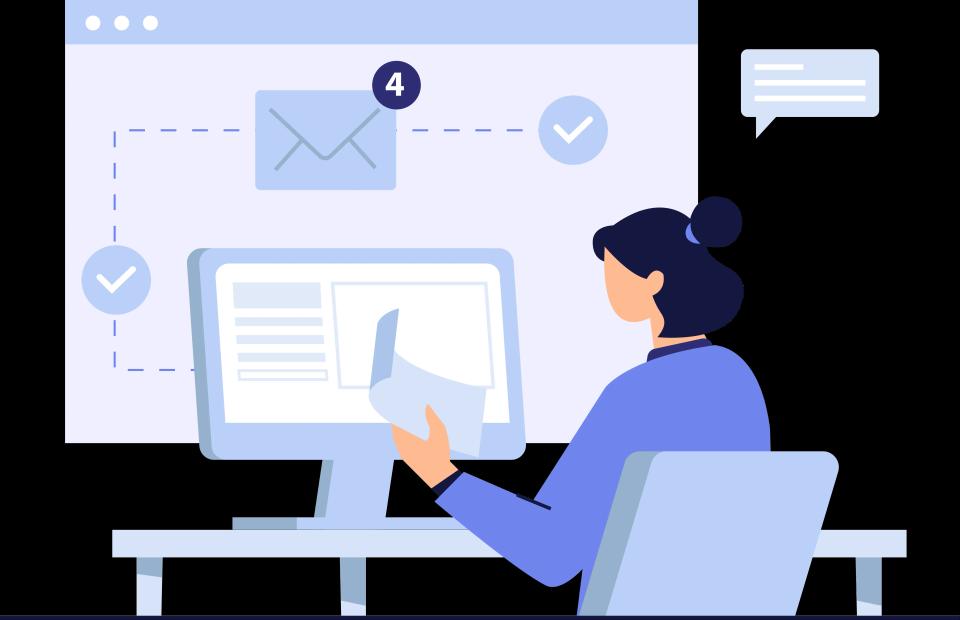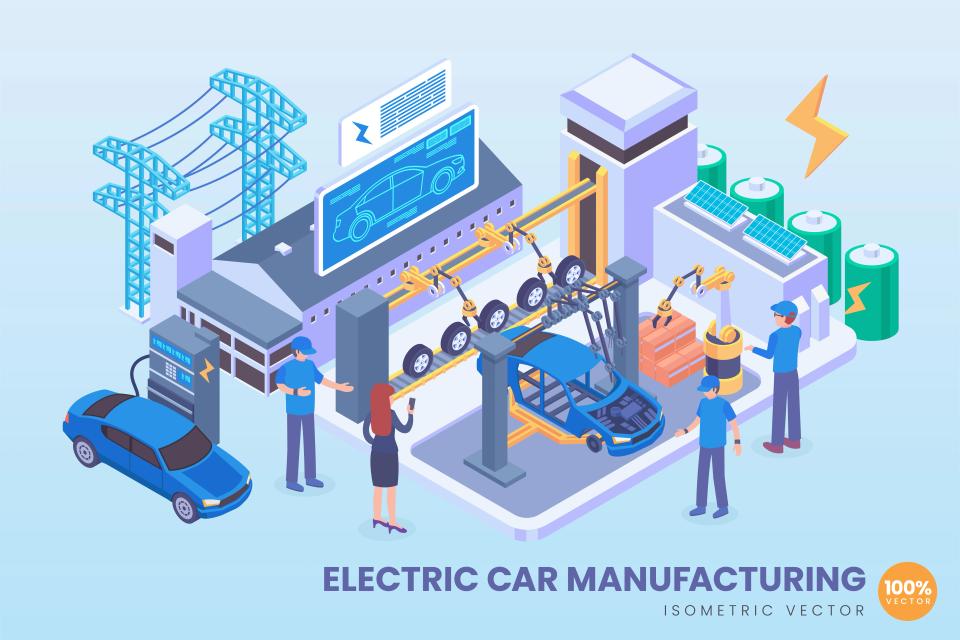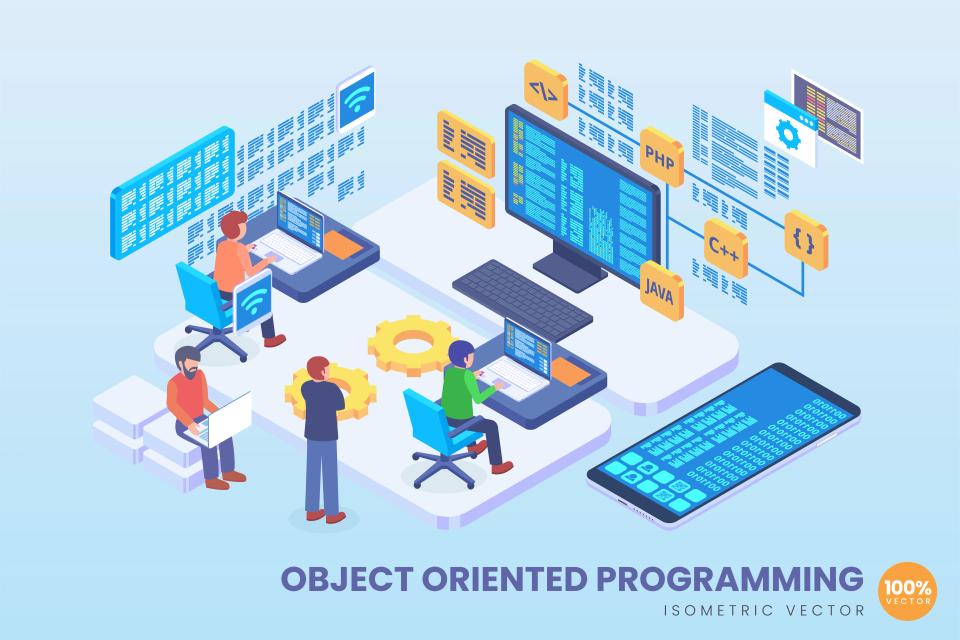From Guesswork to Growth: Why a Data-Driven Approach is Non-Negotiable
Are your LinkedIn connection requests met with deafening silence? Do your carefully crafted messages vanish into the digital void, lost in a sea of noise and competition? You spend hours searching for prospects, writing what you think are compelling notes, only to get nothing in return.
This isn't just frustrating; it's a colossal waste of your most valuable asset: time. The old "spray and pray" method of blasting generic messages to hundreds of contacts is dead. It’s a fast track to being ignored, marked as spam, and actively damaging your brand's reputation.
But what if you could turn this game of chance into a science? The key to unlocking consistent, predictable B2B growth on LinkedIn isn't about shouting louder; it's about whispering the right message to the right person at the right time. The secret is a strategic, methodical process—a data-driven LinkedIn outreach for B2B lead generation strategy that transforms guesswork into a well-oiled, lead-generating machine.
Let's be brutally honest. Flinging connection requests into the wind and hoping something sticks is a losing game. This traditional, volume-based outreach is plagued with flaws, leading directly to low connection acceptance rates, generic messages that scream "I want to sell you something," and countless hours wasted on completely unqualified leads.
This approach doesn't just fail to get results; it actively harms your professional standing. According to Skrapp, a staggering 89% of B2B marketers use LinkedIn for lead generation, making the platform incredibly crowded. Without a sharp, intelligent strategy, your outreach is just more noise contributing to the problem.
A data-informed strategy is your unfair advantage. It allows you to move with surgical precision, targeting the exact decision-makers who are already experiencing the pain your solution solves. It empowers you to craft deeply personalized messages that resonate because they are built on real insights, not assumptions. This is how you build a predictable, repeatable system that delivers measurable results and protects your brand's reputation as a strategic partner, not a digital pest.
Your 5-Step Framework for a High-Performing LinkedIn Outreach Campaign
Ready to stop gambling and start engineering success? This five-step framework is your blueprint. Follow it, and you will systematically transform your LinkedIn efforts from a source of frustration into your most reliable engine for B2B growth.
Step 1: Define Your Ideal Customer Profile (ICP) with Data, Not Assumptions
Everything starts here. A vague idea of who you sell to is a recipe for failure. A data-defined Ideal Customer Profile (ICP) is the bedrock of any successful b2b outreach strategy, ensuring every subsequent action is aimed at the right target.
Forget guesswork. Dive into the data of your current best clients. Analyze them by revenue, lifetime value, and overall satisfaction to find the common threads. Then, use the powerful filters within LinkedIn Sales Navigator to find more companies just like them, filtering by company size, industry, headcount growth, and even the specific technologies they use. As Snov.io points out, with 96% of Fortune 500 companies using LinkedIn, the data you need to build a world-class ICP is right at your fingertips.
The final layer is looking for "trigger events." Has a target company just announced a new round of funding? Did they hire a new C-level executive in the department you sell to? These events are powerful buying signals, and building them into your ICP definition allows you to engage prospects with perfect timing and relevance.
Step 2: Build Hyper-Targeted Prospect Lists
With your data-defined ICP in hand, you can now build prospect lists with military precision. This is where you trade chaotic volume for strategic quality. The goal is not to connect with everyone, but to connect with the right everyone.
Remember, a list of 50 perfect-fit prospects who match your ICP to a T is infinitely more valuable than a list of 500 random contacts. This focus on quality is validated by industry data; Sopro reports that 40% of B2B marketers consider LinkedIn the most effective channel for generating high-quality leads. They aren't chasing numbers; they are chasing quality, and so should you.
Your primary tool for this mission is LinkedIn Sales Navigator. It is essential for building, saving, and managing these hyper-targeted lists. You can create separate lists based on different trigger events, job roles, or company attributes, allowing you to run highly specific and relevant campaigns for each segment.
Step 3: Craft Personalized Messages That Demand a Reply
This is where data becomes persuasion. A generic, self-serving message gets deleted in a heartbeat. A personalized message that shows you've done your homework and genuinely understand the prospect's world is nearly impossible to ignore.
Stop asking for 15 minutes of their time. Instead, lead with value by using a simple, powerful formula. This structure is designed to build rapport and earn the right to a conversation, a critical step when you consider that well-crafted LinkedIn InMail messages have a response rate 300% higher than traditional email.
Here is the formula for a message that gets replies:
- The Data-Informed Hook: Start by referencing something specific and recent.
"Hi [Name], I saw your recent post on the challenges of scaling marketing teams..." - The Value Proposition Bridge: Connect your observation to a problem you solve.
"...which is a hurdle we help B2B tech leaders overcome by implementing automated reporting systems." - The Low-Friction Call-to-Action (CTA): Ask for interest, not a meeting.
"Would you be open to seeing a one-page case study on how we helped [Similar Company] cut their reporting time in half?"
Step 4: A/B Test Everything: The Core of Data-Driven Marketing Tactics
Do you know for a fact that including a note with your connection request works better than sending one without? Are you certain your current CTA is the most effective one? If you're not testing, you're just assuming, and assumptions are the enemy of growth.
The core of all effective data-driven marketing tactics is a relentless commitment to testing. Start by testing the big variables, one at a time, to ensure you get clean, reliable data. You should be constantly running tests on your connection request messages, your InMail subject lines, the opening lines of your follow-ups, and your CTAs.
This isn't just academic. According to Skrapp, conversion rates on LinkedIn can be twice as high as on other platforms. A small improvement in your reply or conversion rate, discovered through A/B testing, can have a massive impact on your pipeline and revenue over time.
Step 5: Track, Analyze, and Optimize for Continuous Improvement
Data-driven outreach is not a "set it and forget it" activity. It is a continuous feedback loop where you track your results, analyze the data, and use those insights to get smarter and more effective with every campaign you run.
You must obsessively track your key performance indicators. The most critical metrics to live by are your Connection Acceptance Rate (%), your Reply Rate (%), your Positive Reply Rate (%), and, ultimately, the number of Meetings Booked. These numbers tell a story about what's working and what isn't.
For example, if your acceptance rate is high but your reply rate is low, it means your targeting is spot-on, but your messaging is failing to connect. If both are low, you may need to refine your ICP. By analyzing these metrics, you close the data loop and create a system of continuous improvement that gets more powerful over time.
Your LinkedIn Outreach Tech Stack: Tools to Enhance Your Data-Driven Strategy
While strategy is paramount, the right tools act as force multipliers, allowing you to execute your data-driven plan with greater efficiency and precision. Think of this as your command center for linkedin lead generation.
First and foremost is LinkedIn Sales Navigator. This is the non-negotiable centerpiece of any serious LinkedIn outreach effort. Its advanced search filters, lead recommendations, and list-building capabilities are the engine that powers your entire ICP and targeting process.
Next is CRM Integration. Whether you use HubSpot, Salesforce, or another platform, connecting it to your LinkedIn activity is crucial. As detailed in Salesforce's guide on driving LinkedIn success, this integration allows you to track a lead from the very first touchpoint on LinkedIn all the way through to a closed deal, giving you a complete picture of your sales funnel and ROI.
Finally, for those looking to achieve an even deeper level of personalization, consider Data Enrichment Tools like Clearbit or ZoomInfo. These platforms can supplement the data you find on LinkedIn with additional firmographic and technographic details. As Clearbit's blog explains, this enriched data can help you tailor your messaging with an almost psychic level of relevance.
Turn Your LinkedIn into a Predictable Growth Engine
The days of treating LinkedIn like a digital phonebook are over. Success no longer comes from brute force, but from a strategic, data-driven cycle: define, target, personalize, test, and optimize. This is how you cut through the noise and build real relationships that lead to real revenue.
This approach requires a fundamental shift in your mindset. You are no longer a salesperson pushing a product; you are a strategic partner leading with value, armed with insights, and focused on solving real problems. You are a welcome guest in your prospect's inbox, not an unwanted intruder.
Implementing a full-scale, data-driven outreach strategy takes time, dedication, and expertise. At CaptivateClick, our lead generation specialists live and breathe this process every single day. We build predictable, scalable pipelines for B2B companies so they can stop worrying about where their next lead is coming from and focus on what they do best: closing deals and serving clients.




